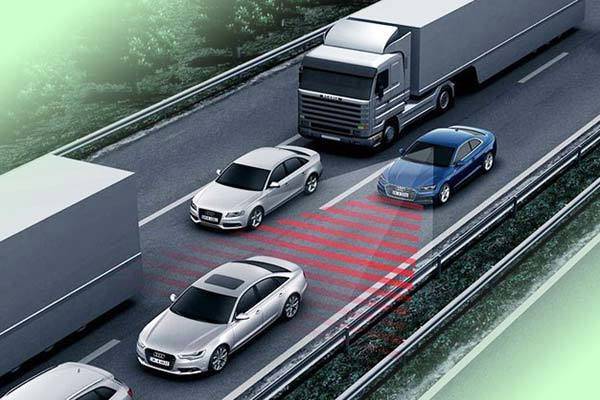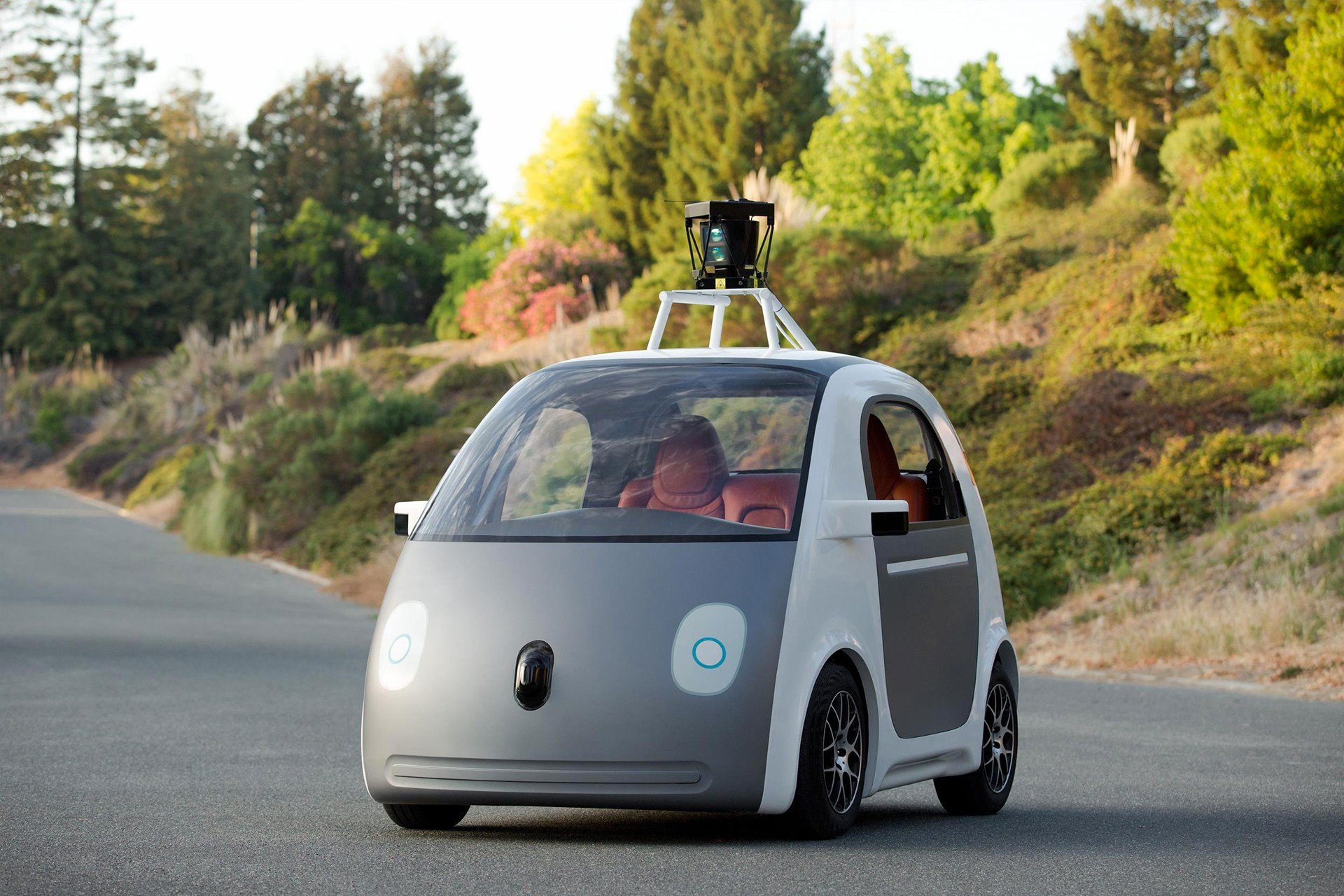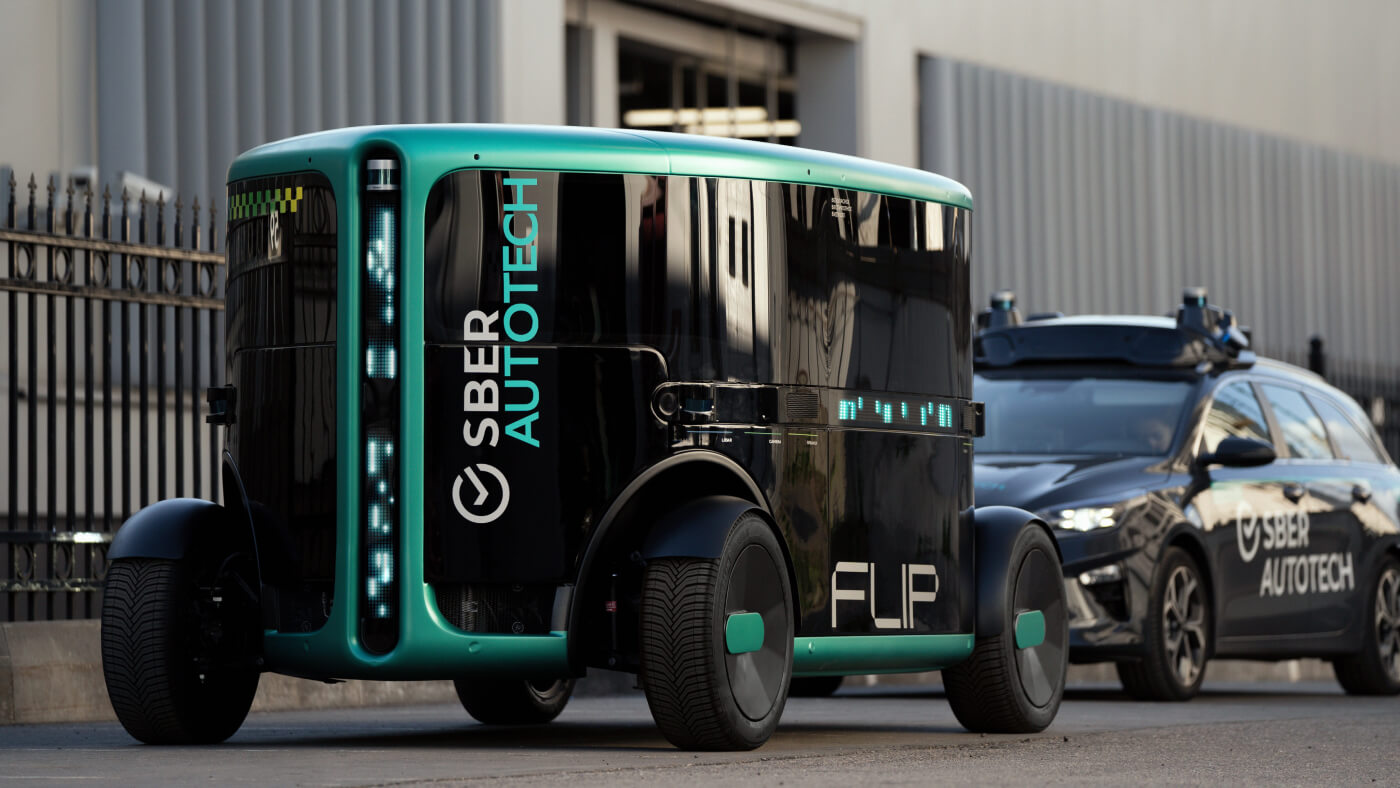
Driverless cars - Revolution in transportation
Introduction:
Driverless cars, or autonomous vehicles, are advancing rapidly and promise to revolutionize the transportation industry. These AI-driven vehicles can navigate without driver input, opening new horizons in road safety, comfort and efficiency.
Description:
Autonomous vehicles vary in their level of autonomy and purpose, offering a variety of solutions for personal and commercial use. Let's consider the main aspects and prospects of this technology:

Autonomy levels:
Level 1 (Driver Assistance): The vehicle is equipped with assistance systems such as adaptive cruise control and lane keeping assist.
Level 2 (Partial Automation): The vehicle can perform certain functions such as speed control and steering, but the driver must remain alert and ready to take control at a moment's notice.
Level 3 (Conditional Automation): The vehicle is capable of driving itself under certain conditions, but requires driver intervention in difficult situations.
Level 4 (High Automation): The vehicle can drive itself in most situations without driver intervention.
Level 5 (Full Automation): The vehicle is completely autonomous and does not require human intervention.
Technology and equipment: Self-driving cars are equipped with a variety of sensors and systems, including lidars, radars, cameras and GPS. These devices allow the car to "see" its environment, recognize objects and make decisions in real time.
Advantages of driverless cars:

Safety: Eliminating the human factor, which is responsible for most road accidents, can significantly reduce the number of accidents on the roads.
Comfort: Passengers can relax, go about their business, or even sleep during the trip.
Efficiency: Autonomous cars can optimize routes and speed limits, reducing congestion and saving fuel.
Commercial use:
Trucking: Autonomous trucks can significantly reduce transportation costs and improve logistics efficiency.
Taxi and public transport: Self-driving taxis and buses can provide convenient and affordable transportation for the public.







